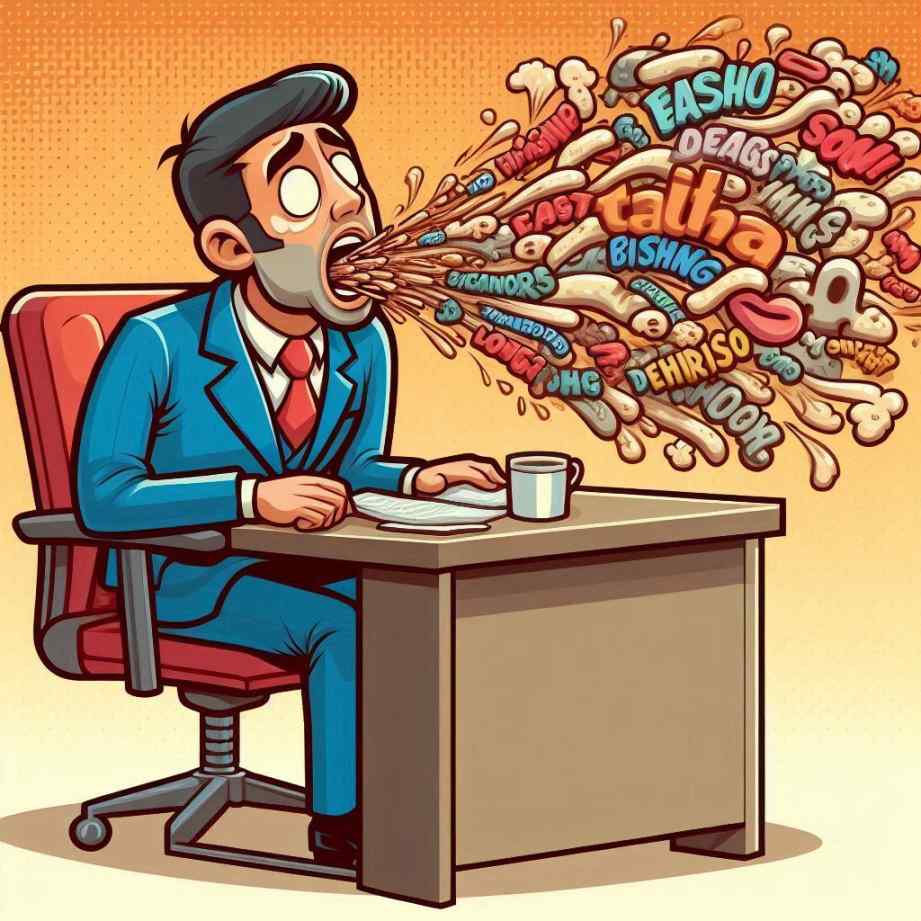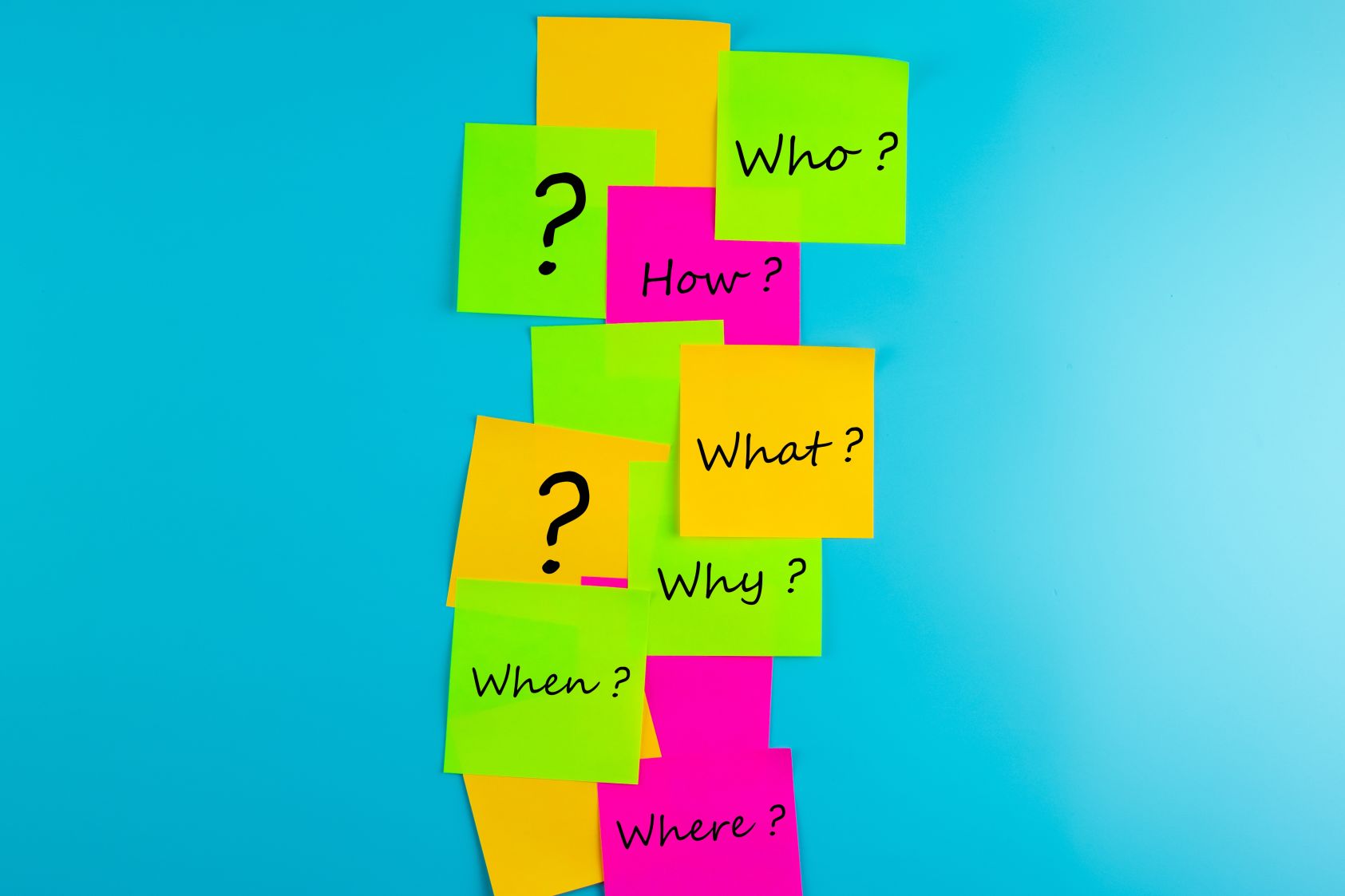Crafting a headline that grabs attention and entices readers to click is both an art and a science. In a world where content is abundant and attention spans are short, your headline is often the first—and sometimes only—chance to make a lasting impression. Whether you’re writing for a blog, a social media post, or an advertisement, a compelling headline can be the difference between a piece of content that gets noticed and one that gets ignored.
In this blog post, we’ll explore effective strategies and formulas that can transform your headlines from mundane to magnetic, ensuring your copy stands out in the crowded digital landscape.
Effective Headline Strategies
Headlines are your entry point to grabbing attention. To make sure they stand out, here’s a deeper dive into effective strategies with headline examples:
1. Be Specific and Clear
General headlines often get lost in the crowd. Instead, be clear about what your article offers. For example, “How to Save Money on Your Grocery Bill” is more compelling than just “Save Money.” It tells readers exactly what they’ll gain from reading the article.
2. Use Numbers
Numbers can make a headline more appealing by providing a concrete idea of what to expect. Headlines like “10 Simple Ways to Improve Your Sleep” or “4 Strategies to Double Your Website Traffic” promise specific, actionable insights, which can draw readers in.
3. Ask Questions
Asking questions in your headline can spark curiosity and engagement. A question like “Struggling with Low Productivity? Discover Solutions Here” encourages readers to seek answers to their problems and prompts them to click on your content.
4. Incorporate Strong Action Words
Action words create a sense of movement and urgency. Instead of a bland headline like “Improve Your Fitness,” use something more dynamic like “Boost Your Fitness with These Easy Steps.” Strong verbs energize the headline and make it more inviting.
5. Appeal to Emotions
Inspiring headlines that evoke emotions are often more compelling. For instance, “Overcome Stress and Reclaim Your Peace” appeals to the reader’s desire for a better quality of life and emotional well-being, making them more likely to click.
6. Create a Sense of Urgency
A headline that suggests urgency can prompt immediate action. Scarcity marketing uses phrases such as “Limited Time Only” or “Don’t Miss Out” to create a feeling of urgency that can encourage readers to act quickly, increasing the chances of them engaging with your content.
7. Keep It Short and Punchy
Lengthy headlines can be overwhelming and may lose readers’ interest. Aim for brevity while maintaining clarity. For example, “Quick Tips for a Healthier Diet” is concise and easy to digest compared to a lengthy headline.
8. Use Power Words
Power words are emotionally charged words that grab attention and inspire action. Words like “Ultimate,” “Essential,” or “Revolutionary” can make a headline more exciting and appealing. For example, “The Ultimate Guide to Financial Freedom” sounds more impactful than “A Guide to Financial Freedom.”
9. Include Keywords
Conduct keyword research. Inserting keywords in your headline not only helps with SEO but also ensures that your content reaches your intended audience. If your article is about effective social media strategies, make sure the headline reflects this with terms like “Social Media” to attract the right readers.
10. Test and Refine
Sometimes, the best way to find the most compelling headline is through experimentation. Try out different versions and see which ones perform better in terms of clicks and engagement. Use tools or A/B testing to analyze which headlines resonate most with your audience.
By applying these headline writing tips, you can craft ones that not only capture attention but also drive readers to engage with your content. Clear, specific, and emotionally resonant headlines are key to standing out in today’s crowded content landscape.
Ready to unlock the formula for compelling headlines that drive engagement?
Contact Growth Hackers
Common Mistakes to Avoid While Creating a Headline
1. Being Vague
- Mistake: Using unclear or generic language that doesn’t convey the specific value of the content.
- Solution: Be specific and precise about what the reader can expect. For example, instead of “Learn New Skills,” use “Learn 5 New Skills to Boost Your Career.”
2. Overloading with Keywords
- Mistake: Stuffing too many keywords into a headline in an attempt to improve SEO.
- Solution: Use keywords naturally and focus on readability. A keyword-rich yet awkward headline can deter readers.
3. Using Clickbait
- Mistake: Creating sensational or misleading headlines just to get clicks.
- Solution: Ensure your headline accurately represents the content. Trust is key to building a loyal audience.
4. Being Too Long
- Mistake: Writing headlines that are too lengthy and hard to read quickly.
- Solution: Aim for brevity while maintaining clarity. Headlines should generally be between 6-12 words.
5. Lack of Action Words
- Mistake: Using passive or weak verbs that don’t inspire action.
- Solution: Use strong, active verbs to energize your headline. For example, “Boost,” “Transform,” or “Discover.”
6. Ignoring the Audience
- Mistake: Writing headlines without considering what appeals to your target audience.
- Solution: Understand your audience’s interests, needs, and pain points. Tailor your headlines to resonate with them.
7. Not Creating Curiosity
- Mistake: Failing to pique the reader’s curiosity.
- Solution: Use curiosity gaps to make readers want to know more. For example, “You Won’t Believe These 7 Secrets to Saving Money.”
8. Forgetting Emotional Appeal
- Mistake: Writing headlines that don’t connect on an emotional level.
- Solution: Tap into emotions like excitement, fear, or curiosity. For example, “Transform Your Life with These Simple Habits.”
9. Neglecting Testing
- Mistake: Not testing different headlines to see what works best.
- Solution: Use A/B testing to compare different headlines and analyze which one performs better.
10. Being Too Technical
- Mistake: Using jargon or overly complex language that may confuse readers.
- Solution: Use simple, straightforward language that’s easy to understand, especially for a broader audience.
11. Not Highlighting Benefits
- Mistake: Focusing too much on features rather than the benefits to the reader.
- Solution: Clearly state the benefit the reader will gain. For example, “Get Fit Fast with These 10 Simple Exercises.”
12. Repetitiveness
- Mistake: Reusing the same headline formulas repeatedly.
- Solution: Mix up your approach to keep headlines fresh and engaging.
Extra Tips for Crafting Better Headlines
- Read Competitors’ Headlines: Look at headlines in your niche to see what works and what doesn’t.
- Keep the Promise: Ensure the content delivers what the headline promises to build trust and credibility.
- Stay Updated: Trends in headline writing can change, so stay informed about what’s working in your industry.
By avoiding these common mistakes, you can write headlines that are clear, engaging, and effective in drawing readers to your content.
FAQs on Writing Compelling Headlines
How long should you wait before republishing a piece of content to a new website?
It’s best to wait at least 6 to 12 months before republishing a piece of content to a new web page. This allows search engines to index and rank the original content, helps avoid duplicate content issues, and ensures that your audience hasn’t been exposed to the same material too recently. During this waiting period, you can also update and enhance the content to make it more relevant and valuable for the new audience.
When possible, should try and use extensive vocabulary in your writing?
Using an extensive vocabulary can sometimes be beneficial, but it’s not always the best approach. The key is to use language that matches your audience and purpose. Clear, straightforward language is often more effective than complex vocabulary, especially if your goal is to communicate ideas clearly and ensure your message is easily understood by a broad audience.
What’s the best practice when writing a headline for a search ad?
A best practice when writing a headline and above headline for a search ad is to include relevant keywords and match user intent. This means using the exact or closely related keywords from the user’s search query to ensure relevance. Additionally, be specific about what your ad offers, highlight unique selling points, and include a compelling call to action. Testing different headlines to see which ones perform best is also crucial for optimizing effectiveness.
Start captivating your readers with compelling headlines today!
Models to Craft a Compelling Headline
Crafting a compelling headline can be streamlined by following established systems. Here are a few effective approaches:
1. The Four U’s Formula
- Useful: Provide value to the reader. Make sure the headline hints at a benefit or a solution.
- Urgent: Create a sense of urgency to encourage immediate action. Use words like “now,” “today,” or “limited time.”
- Unique: Stand out from the competition with a distinctive angle or offering.
- Ultra-specific: Be clear and specific about what the reader will get or learn. Include numbers or definite outcomes if possible in your ultra-specific headline.
Example: “5 Ultra-Specific Tips to Boost Your Productivity Today”
2. The How/Why/What Formula
- Start with “How to,” “Why,” or “What” to clearly state the purpose.
- Follow with the main benefit or topic.
- End with a promise or intriguing element.
Example: “How to Save Money on Groceries Without Sacrificing Quality”
3. Problem-Solution-Benefit
- Problem: Identify a problem your audience faces.
- Solution: Suggest that your content offers the solution.
- Benefit: Highlight the benefit they will gain from reading.
Example: “Struggling with Low Energy? Discover Simple Exercises to Boost Your Vitality”
4. Question Approach
- Pose a question that addresses a common concern or curiosity of your audience.
- Ensure the question implies that the article provides the answer.
Example: “Are You Making These Common Mistakes in Your Job Search?”
5. Command Headline
- Start with a verb to directly instruct the reader.
- Be clear about what action to take and why.
Example: “Discover the Secrets to Effortless Home Organization”
6. Comparison Headline
- Use comparisons to highlight the advantages of one option over another.
- Useful for product reviews or decision-making guides.
Example: “Freelancing vs. Full-Time Job: Which Is Better for You?”
7. The List Formula
- Lists are naturally engaging and easy to read.
- Use numbers to specify the amount of information provided.
Example: “10 Surprising Benefits of Daily Meditation”
8. The Curiosity Gap Formula
- Create a sense of curiosity that encourages the reader to click to find out more.
- Be careful not to overpromise or use misleading information.
Example: “You Won’t Believe What This Simple Trick Can Do for Your Productivity”
9. The ‘Best of’ Formula
- Highlight the best options, products, or strategies in a given category.
- This formula is particularly useful for reviews and comparison articles.
Example: “The Best Travel Destinations for 2024 You Can’t Miss”
10. The ‘How To’ Formula
- Clearly explain that your article will teach the reader something valuable.
- Often combined with the benefits the reader will gain.
Example: “How to Build a Successful Blog in 30 Days”
11. The ‘Authority’ Formula
- Use authority or credibility to make the headline more convincing.
- Mention experts, case studies, or proven results.
Example: “Expert-Approved Tips for Reducing Anxiety Naturally”
12. The ‘Fear of Missing Out’ (FOMO) Formula
- FOMO captions create a sense of urgency and exclusivity.
- Encourage readers to take action so they don’t miss out on something valuable.
Example: “Join Our Webinar Now Before Seats Run Out”
13. The ‘Negatives’ Formula
- Address common mistakes or problems.
- Negative headlines can be very effective as they attract attention and promise solutions.
Example: “Avoid These 5 Common Mistakes When Starting a Business”
14. The ‘Question and Answer’ Formula
- Start with a question that resonates with the reader’s needs or concerns.
- Suggest that the article provides the answer.
Example: “Wondering How to Save for Retirement? Here’s What You Need to Know”
15. The ‘Quotation’ Formula
- Use a powerful quote or testimonial.
- This can add credibility and relatability.
Example: “‘I Lost 20 Pounds in 2 Months’ – Discover How Jane Did It”
16. The ‘Timeframe’ Formula
- Specify a timeframe to make the promise more appealing and achievable.
- Helps set clear expectations.
Example: “Get Fit in Just 4 Weeks with This Easy Workout Plan”
17. The ‘Results’ Formula
- Focus on the results the reader can expect.
- Use phrases like “proven results” or “guaranteed.”
Example: “Proven Strategies to Double Your Website Traffic in 30 Days”
Extra Tips for Using These Formulas
- Combine Elements: Don’t hesitate to mix elements from different formulas to create the most compelling headline.
- Adapt and Test: Tailor these formulas to your specific content and audience, and test different versions to see what resonates best.
- Focus on Benefits: Always highlight the benefits or value the reader will get from your content.
By incorporating these additional formulas, you’ll have a wider range of strategies to craft compelling headlines that draw in readers and boost engagement.
Final Thoughts on What Can You Do to Make a Headline More Compelling
Crafting an effective headline is crucial, but several common mistakes can undermine your efforts. Avoid being vague and instead use specific language that clearly conveys value, like “Learn 5 New Skills to Boost Your Career.” Overloading headlines with keywords can make them awkward and less readable, while clickbait headlines may get clicks but damage trust and lead to high bounce rates. It’s also important to keep headlines concise, ideally between 6-12 words, and use strong, active verbs to inspire action. Tailor your headlines to resonate with your target audience, create curiosity, and connect on an emotional level to make them more compelling.
Additionally, don’t neglect to test different headlines to see which performs best. Avoid jargon or overly complex language, and focus on highlighting the benefits to the reader rather than just features. Keep your headlines fresh by mixing up your approach and not reusing the same formulas repeatedly. Extra tips for crafting better headlines include analyzing competitors’ headlines, ensuring your content delivers on its promise to build trust, and staying updated with current trends in headline writing. By avoiding these common mistakes, you can create headlines that are clear, engaging, and effective in drawing readers to your content.
Need a hand in writing compelling headlines? Growth Hackers can help.
Growth Hackers is surely the growth hacking agency you want to work with. We have a team of copywriters who can write powerful headlines and copies that drive engagement and conversions. Our team of experienced marketers, copywriters, designers, developers, and data analysts has spent over a decade mastering the art of creating clear, specific, and emotionally engaging content. By avoiding common pitfalls like vague language and clickbait, we ensure your message resonates with your target audience. We use proven formulas and strategies, tailored to your unique needs, and continuously test and optimize our copy to deliver the best results.
Partnering with Growth Hackers means more than just consulting or coaching; we act as your growth partner. Our award-winning agency goes beyond crafting compelling copy—we execute strategies that bring real results, helping you establish your brand as an industry leader. With our expertise, your business will grow higher, faster, and smarter. Contact Growth Hackers today and let us help you stand out in a competitive market with our proven copywriting practices and comprehensive growth strategies.







